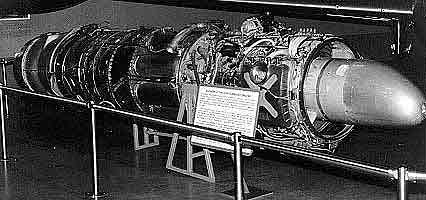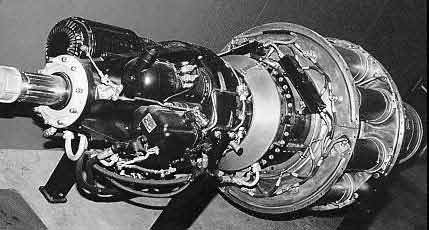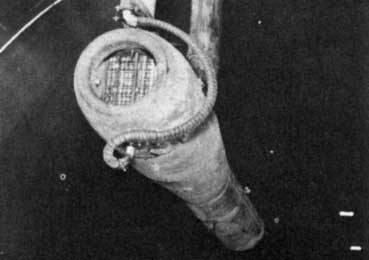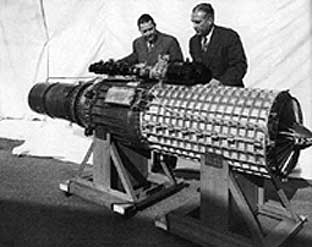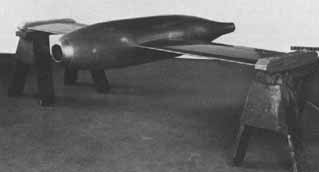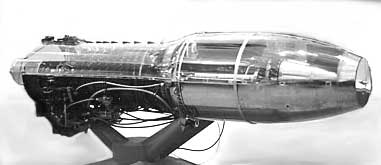Allis-Chalmers
-
J36 - The de
Havilland H-1 made under license. Producing 2,700 lb of thrust, the engine
was fitted to the combination powered Curtiss XF15 C-1, as well as the Lockheed
XP-80. It was hoped to fit the engine in the production Lockheed P-80 but the
GE I-40 was adopted as it's development was far ahead of the British H-1 "Goblin"
engine.
Allison/General-Electric
-
J-33 / GE I-40
|
|
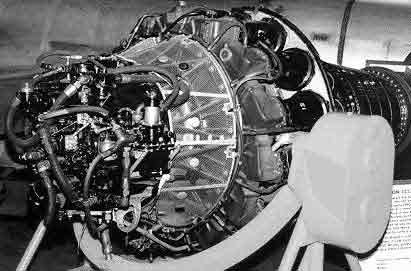 |

